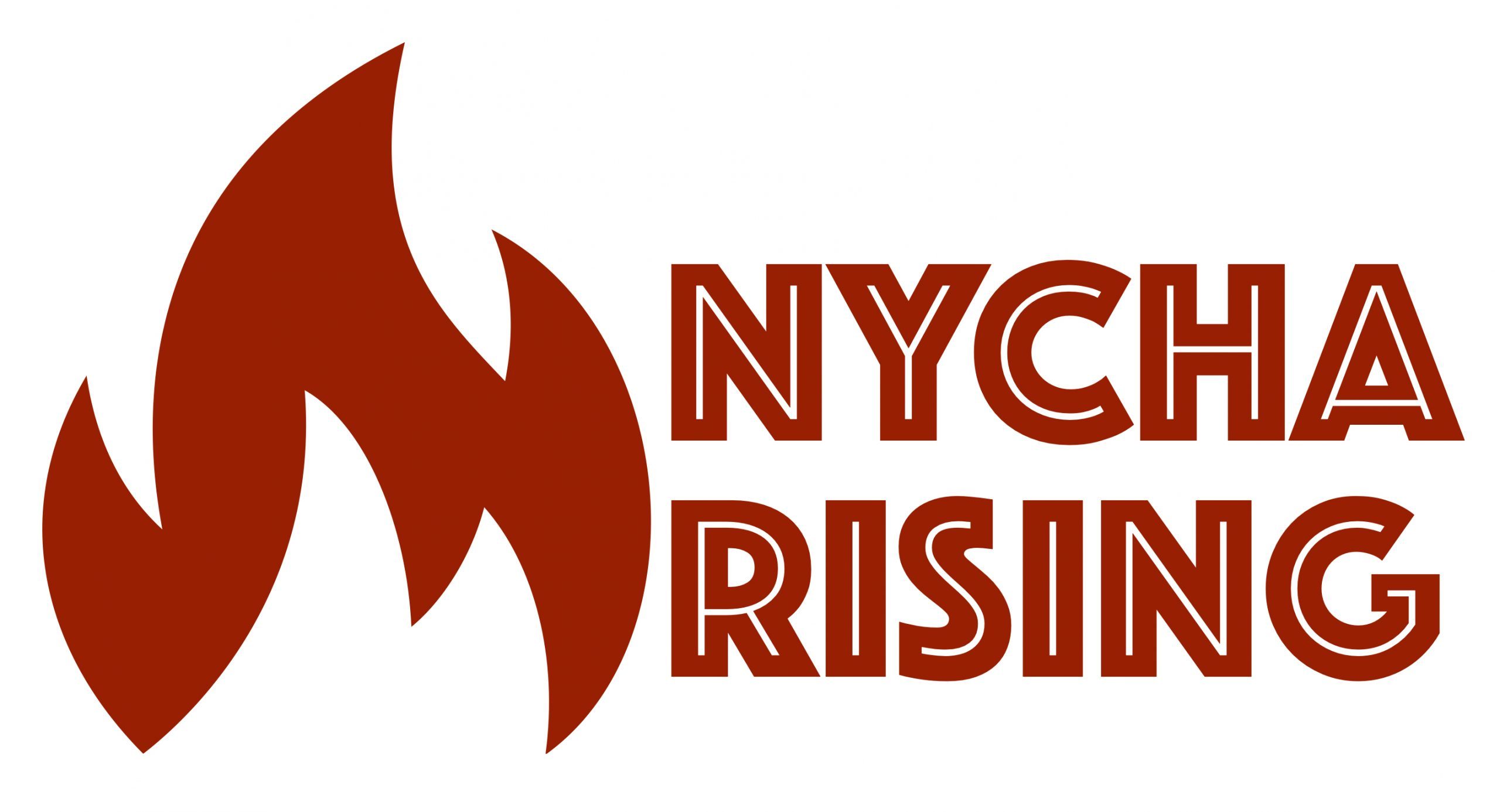Public Housing and Public Health | Journal Article by Justin R. La Mort
Posted on: November 9, 2020News outlets were full of reports of New York City Housing Authority’s (NYCHA) systemic failures at the end of 2017. When questioned whetherpeople who live in public housing deserve the same standard of living aspeople in private housing, Mayor Bill de Blasio explained “[p]eople in pub-lic housing deserve the very best living standard we can give them with themoney we have.” This statement both manages to acknowledge the dig-nity of the tenants and yet still excuses the city’s failure to provide healthyhousing.
Dr. Ben Carson, who as Secretary of the U.S. Department of Housing andUrban Development (HUD) oversees public housing across the nation, hasmade public comments that fail to even recognize the dignity of publichousing tenants. Dr. Carson states poverty is a “state of mind, ”wherehis interest is to make sure tenants are not provided “a comfortable settingthat would make somebody want to stay,” instead of instituting ambitiousgoals such as reducing child lead poisoning.
Across the political spectrum our leaders and our funding demonstratethat the physical health of public housing tenants is not a priority. Everynew initiative is a reaction to the latest crisis. NYCHA tenants are ex-pected to be thankful and accept that the cost of lower rent is lower expec-tations for their safety. NYCHA’s lack of accountability is in stark con-trast to the standard to which NYCHA residents are held. They “face life changing consequences forde minimisdefaults” in following the agency’sregulations, but are forced to wait months or even years for basic repairsof questionable quality.
This essay will briefly examine the history of housing as instrumental topublic health in New York City. Part II will describe the different regulatoryarrangements that partition the rights and remedies of private and publichousing tenants regarding the health and safety conditions of their housing.The separate and unequal protection of NYCHA tenants will be demon-strated in Part III, using lead, lack of heat and hot water, and mold as recentexamples of regulatory failure. From these failures Part IV will articulategeneral principles of what has worked for private housing tenants andapply those lessons to improving the conditions of public housing.
Continue reading >> La Mort, 2018, Public-Housing-and-Public-Health.pdf
